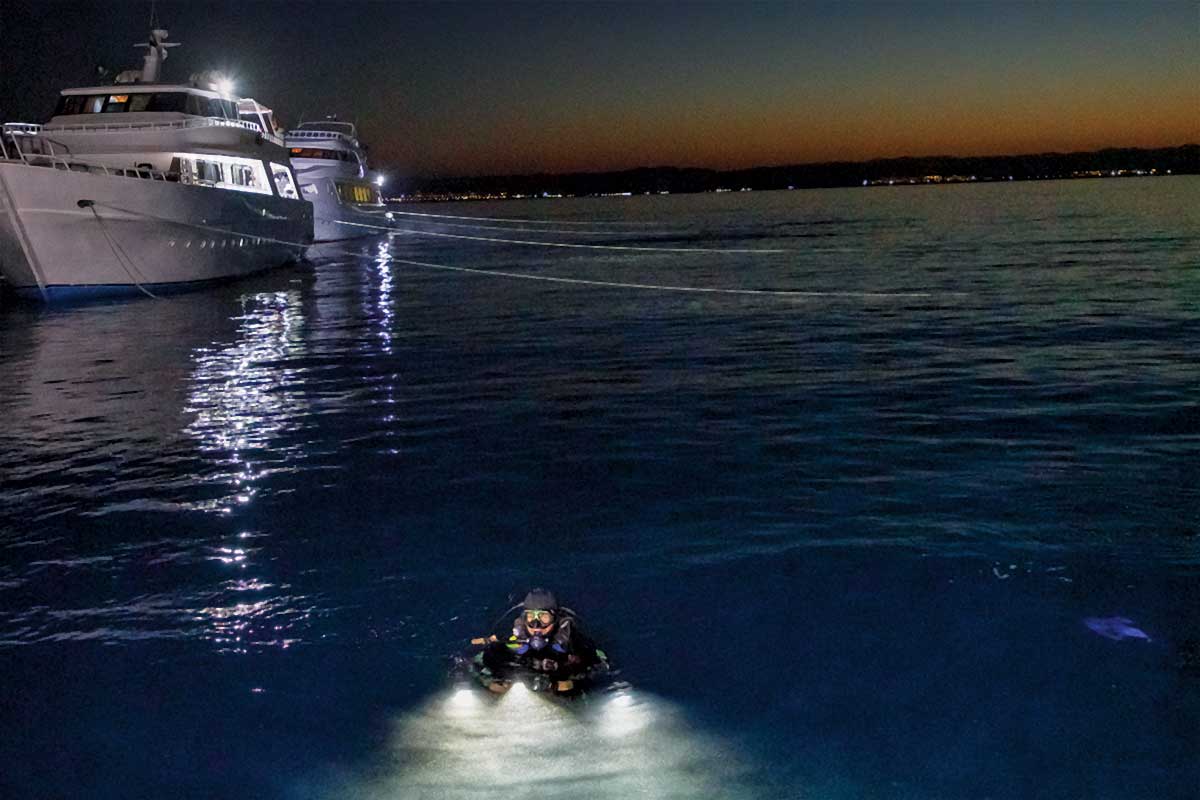Gateway to the Gulf Stream
Located in Miami, Fla., the Phillip and Patricia Frost Museum of Science boasts a magnificent aquarium where the goal is to get people interested in science and marine life.
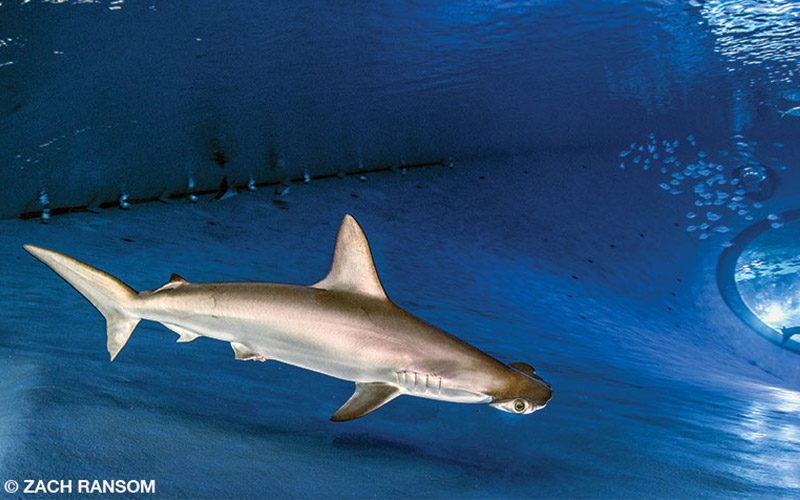
Located in Miami, Fla., the Phillip and Patricia Frost Museum of Science boasts a magnificent aquarium where the goal is to get people interested in science and marine life.

When breast-cancer survivor Allison Vitsky Sallmon realized she shouldn’t have to choose between diving and participating in cancer fundraisers, she founded the nonprofit Dive into the Pink.
Freediving is redefining the limits of apneic divers and in the process raising new, unanswered questions about diving physiology.
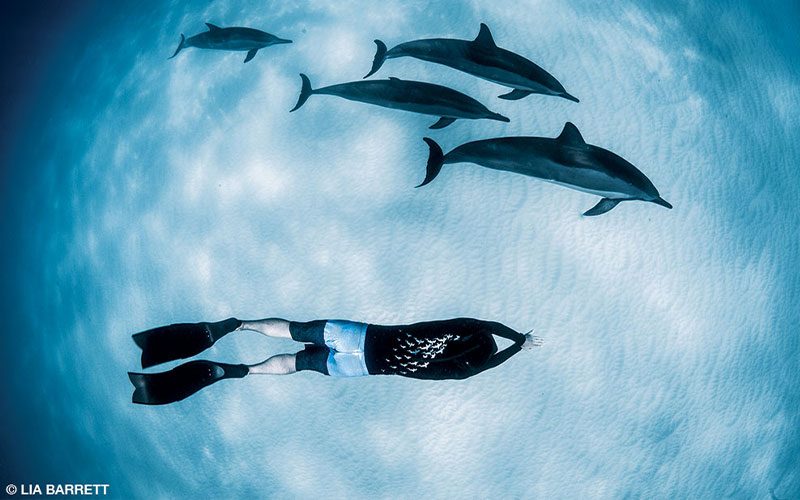
Seniors who wish to dive have limited resources and rules pertaining to dive routines. Read one diver’s best advice.
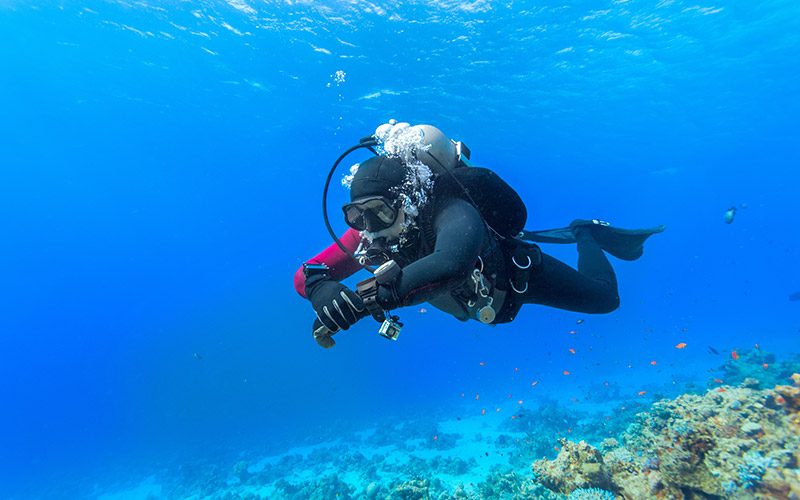
Your first trip to a dive destination can engulf you in new experiences — unexplored sites, unfamiliar creatures and sometimes unanticipated situations. While you have likely researched the dive operator and read online reviews about them, it’s a good idea to evaluate them in person after you arrive. We provide some guidelines to help you determine if you can trust the business with your safety.
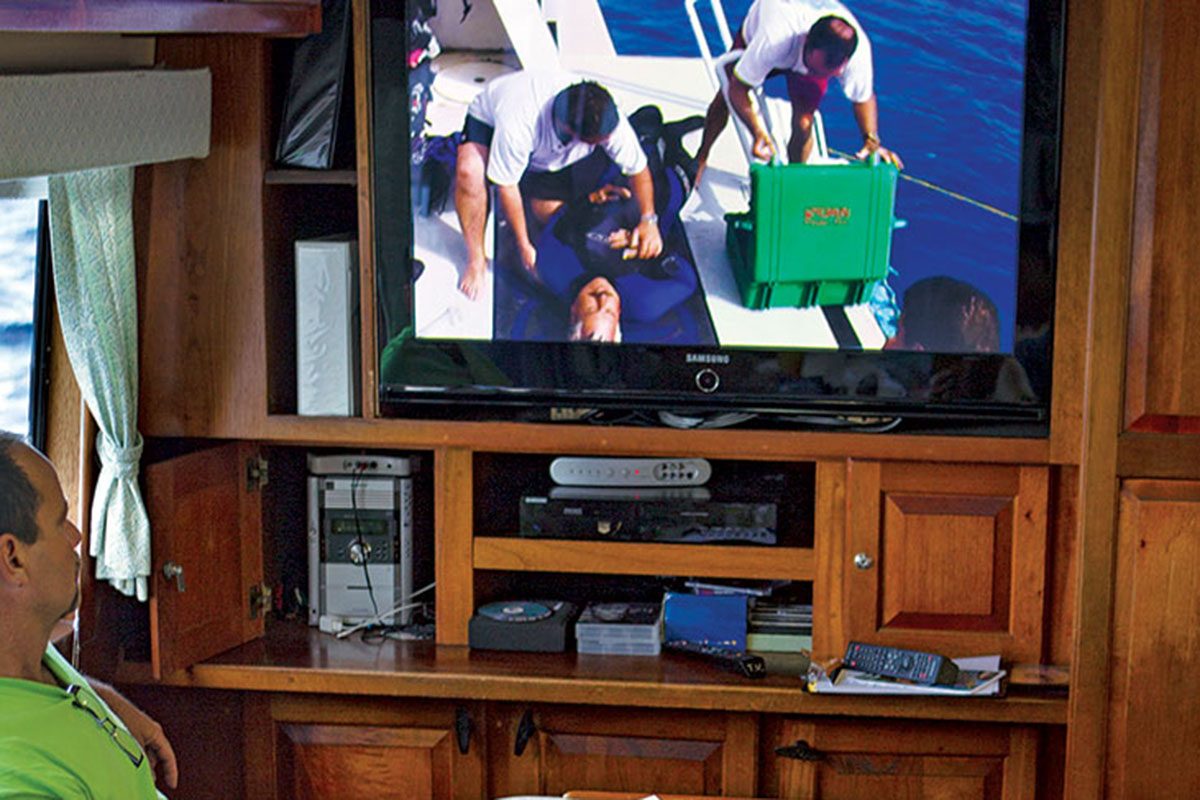
Researchers from the MigraMar consortium take volunteer divers on citizen science expeditions to tag and track pelagic sharks as they migrate through the Eastern Pacific. Scientists use the data to advocate for larger marine protected areas to save sharks from overfishing. Volunteers pay typical liveaboard prices to help researchers defray the high cost of these expeditions, and in return they get to see shark science and conservation up close.
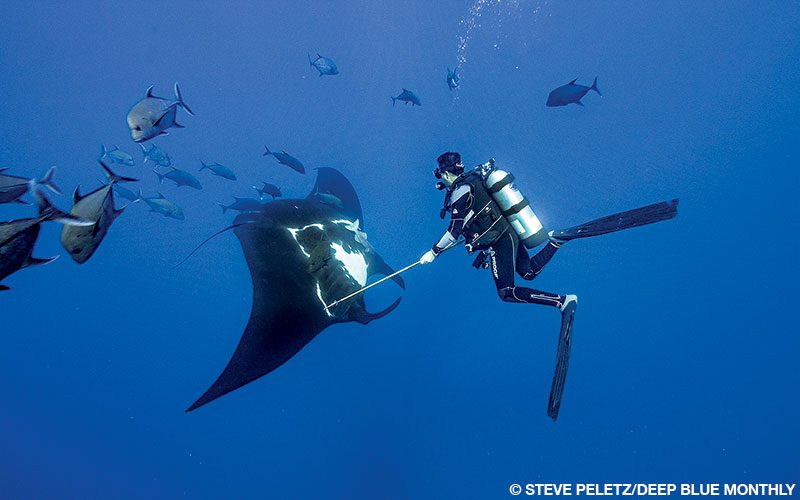
Mooring buoys minimize the impact on the environment and protect fragile coral animals and nonrenewable historical resources from anchor damage. Marine biologist John C. Halas developed the mooring buoy system we know today: an embedment anchor connected to an 18-inch round, white, floating buoy with blue reflective tape around the middle with a yellow polypropylene pick-up line. The mooring buoy system is one of the most visible accomplishments of NOAA’s efforts to provide resource protection while supporting the community’s access for the enjoyment of sanctuary resources.
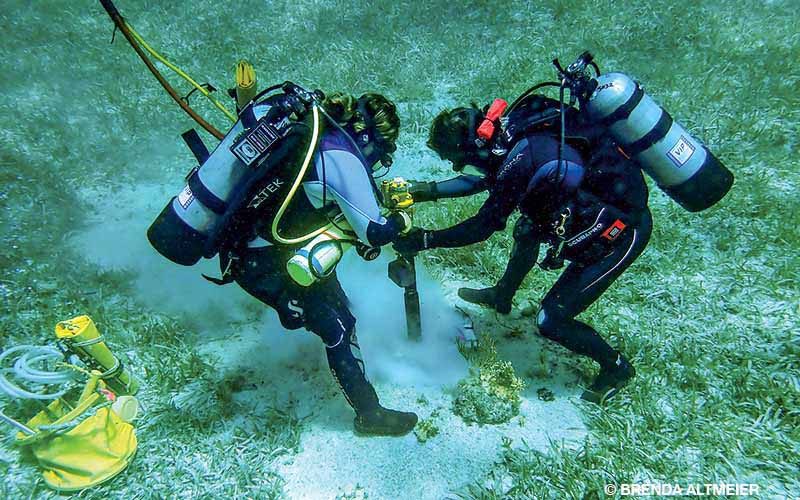
For DAN member Brian Kakuk, cave diving was originally an outlet for exploration. The mapping, discovery and pushing the limits of physiology were stimulating, but as he began working with scientists he realized that exploration was just the first step in a scientific investigation. He provides research support for scientific discoveries in the underwater caves of the Bahamas and safety and marine support for the movie industry. His Bahamas Caves Research Foundation supports exploration, research and conservation efforts.
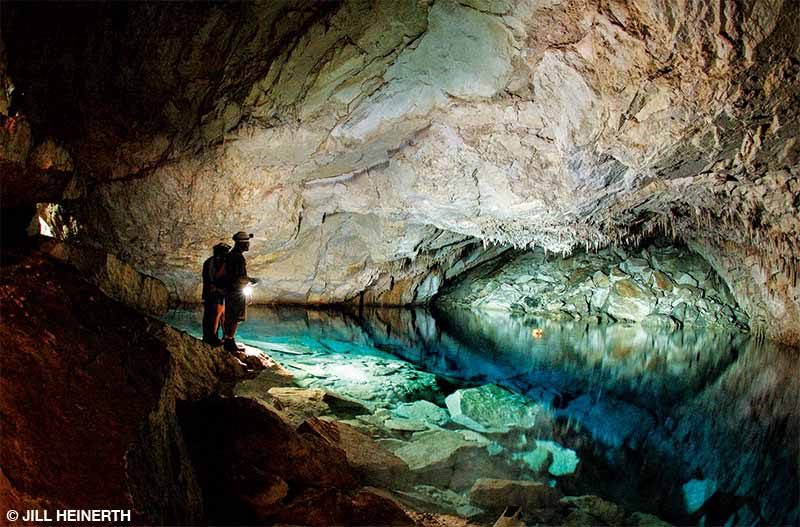
DAN’s study about the long-term health implications of a COVID-19 infection for divers — including both scuba and breath-hold to encompass divers and watersports players — will use up to nine online surveys over the next five years to collect information from up to 1,000 adult divers who have confirmed or suspected COVID-19 infection. By evaluating divers’ experiences as they return to the water following COVID-19, DAN researchers hope to provide the dive community with comprehensive guidance about what to expect after recovery.
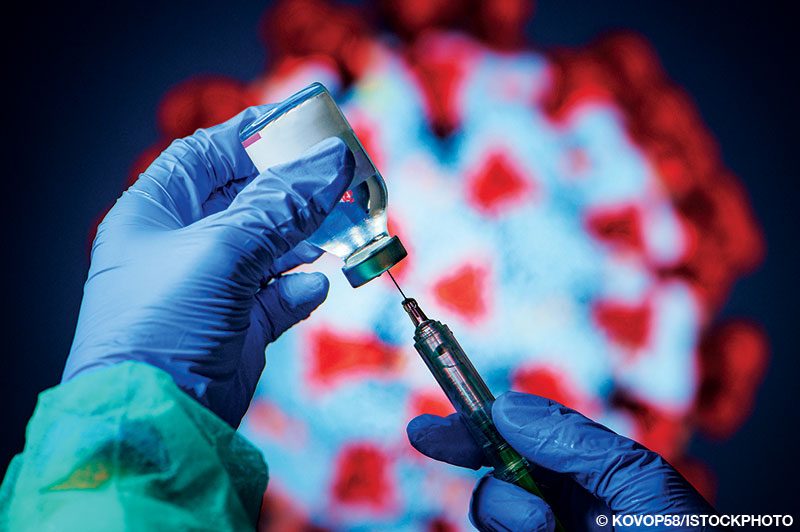
With travel to become more available soon, DAN’s newly released travel insurance offerings enable you to stay in control of your adventure. Our new trip and annual programs are backed by DAN’s 40 years of experience and expertise and offer protections for a wide range of travel-related situations. You can purchase an annual plan to cover all your travel for a year or a trip plan to cover a single trip. The available options ensure there’s a plan that’s right for your needs.
